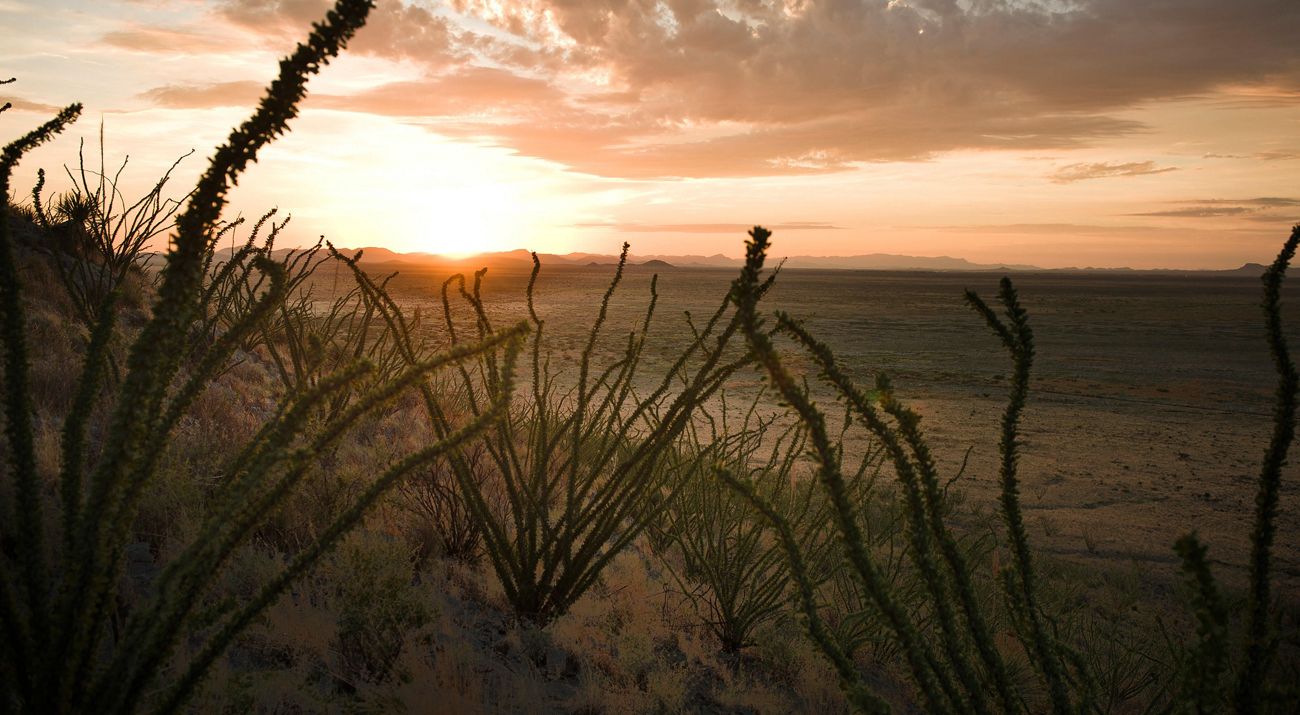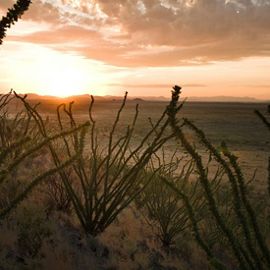Description
The roughly 200,000-square-mile Chihuahuan Desert — larger than the state of California — stretches across six Mexican states and parts of Texas and New Mexico. It is the largest desert in North America and is located between two of Mexico’s largest mountain ranges called the eastern and western Sierra Madre.
Like most deserts, the Chihuahuan’s weather is harsh, blistering daytime temperatures and below-freezing temperatures at night. Despite these extremes, the desert teems with an extraordinary amount of life. Mountain lions, Mexican wolves, the largest remaining black-tailed prairie dog colony, kit fox, mule deer, Coahuilan box turtle, 120 species of mammals and 300 species of birds are all found here.
The desert also has an amazing array of plant life with more than 400 species of cactus. The landscape is composed of desert pools and oases harboring a number of fish and aquatic organisms. Some of these, like cichlids and pupfish, are found in these pools and nowhere else on Earth.
A Fragile Desert
The merest actions on this landscape can disturb its precarious balance harming its life-giving qualities. Ranching is a way of life here and what little surface water exists is often diverted toward agriculture irrigation or feeding cattle. Overgrazing, overharvesting of native species like mesquite, gypsum mining and widespread development are disturbing nature's delicate balance.
Preserving the Balance
To protect the Chihuahuan Desert, the Conservancy is working with local NGOs, ranchers and state and national governments in the Janos Valley just south of the Arizona-New Mexico border. The valley is home to the world’s largest colony of black-tailed prairie dogs. The Conservancy worked with Pronatura Noreste to purchase and protect the 49,000-acre Rancho El Uno, a critical habitat for the prairie dog, in 2005.

